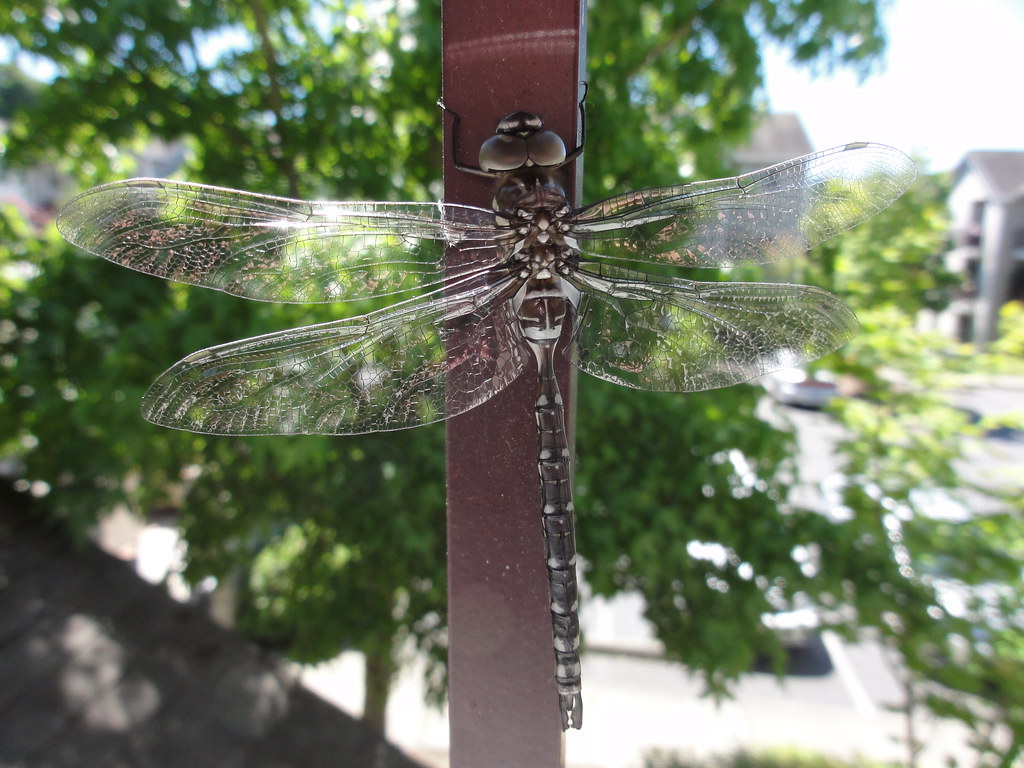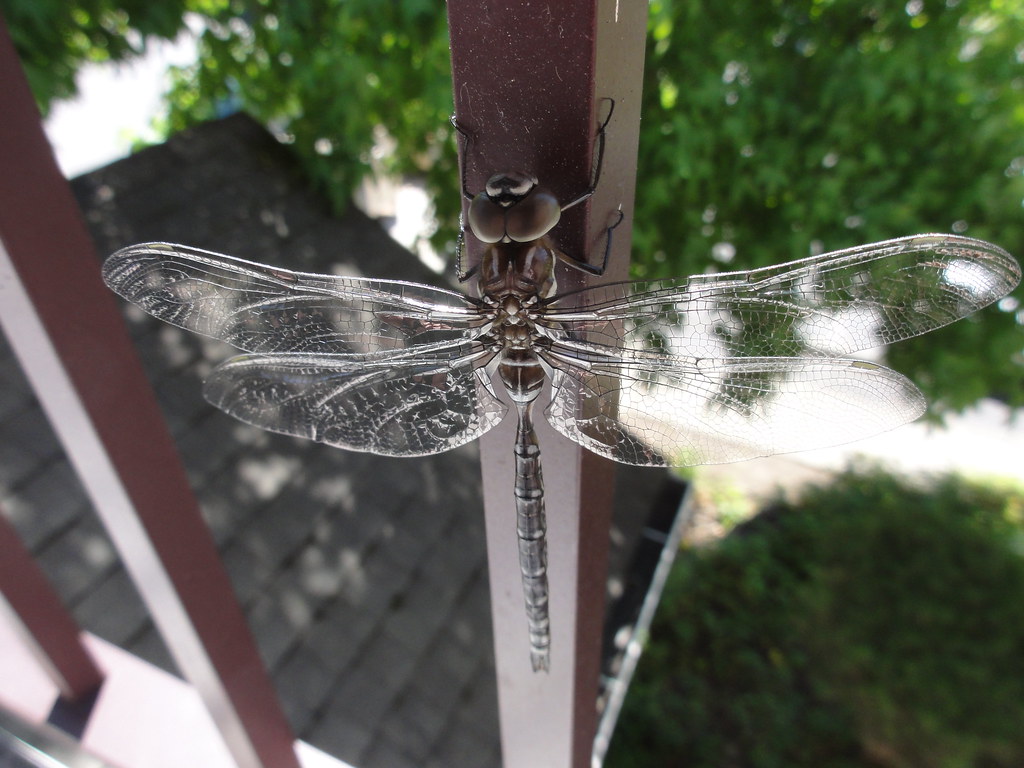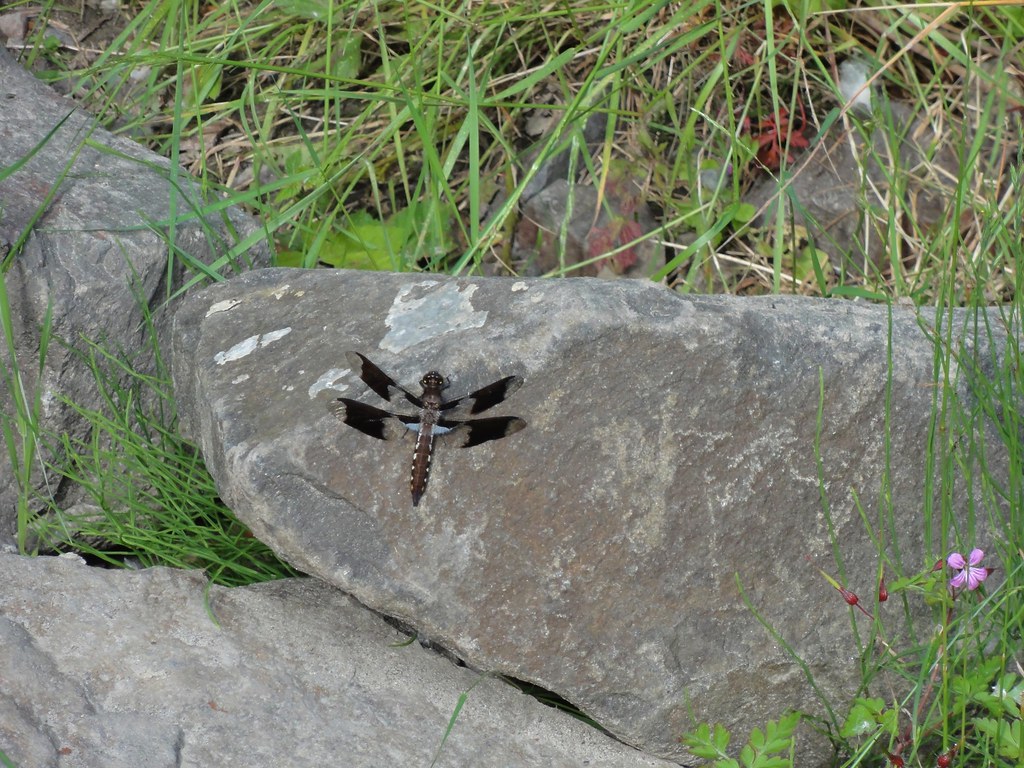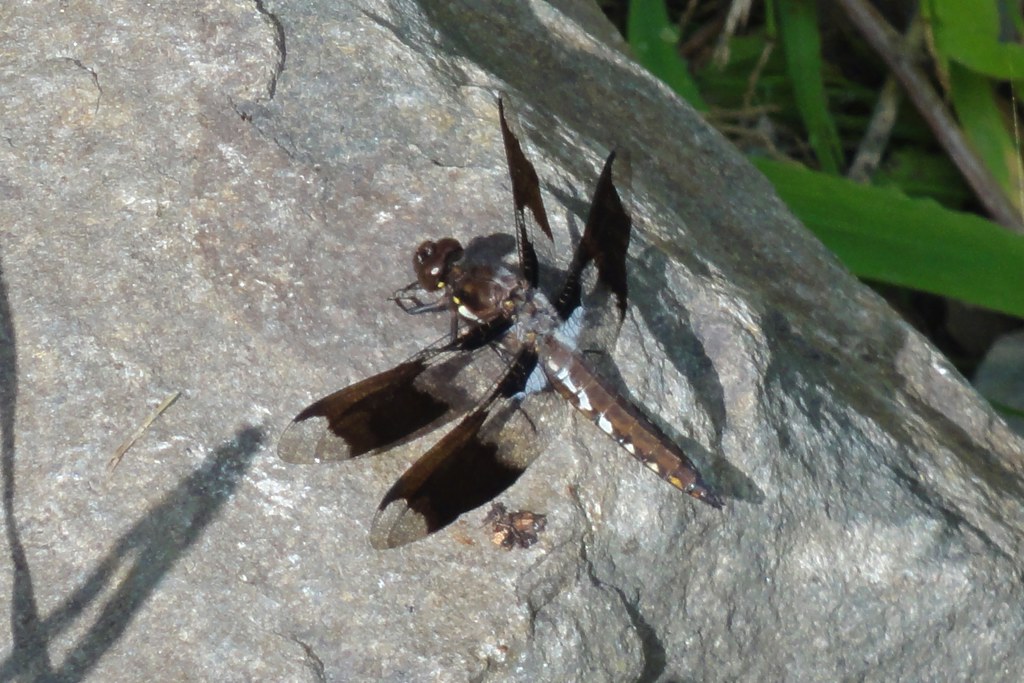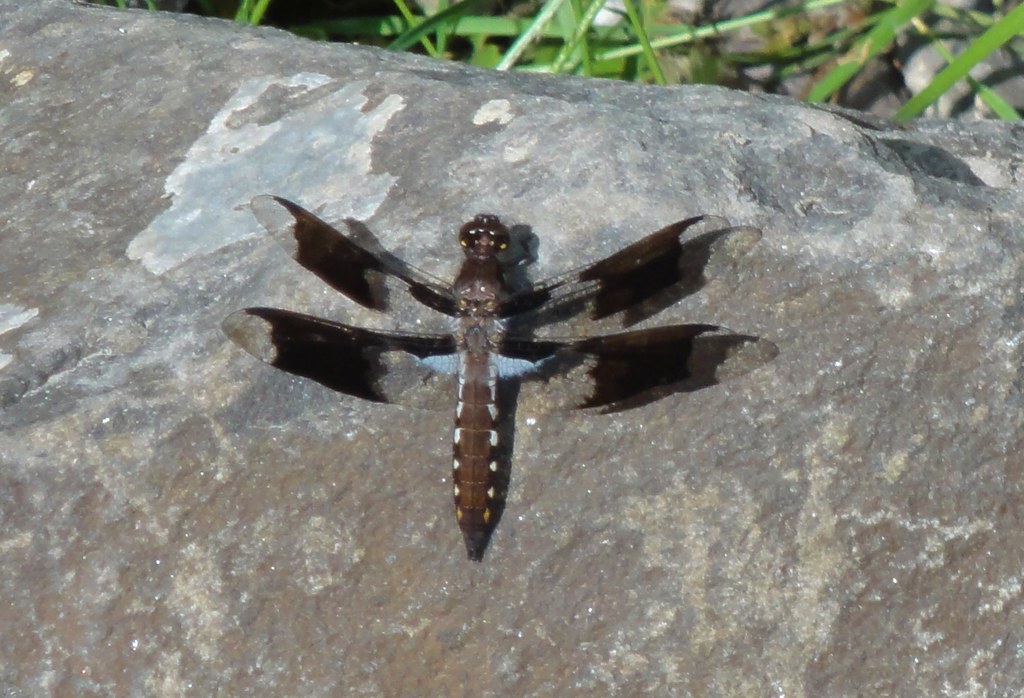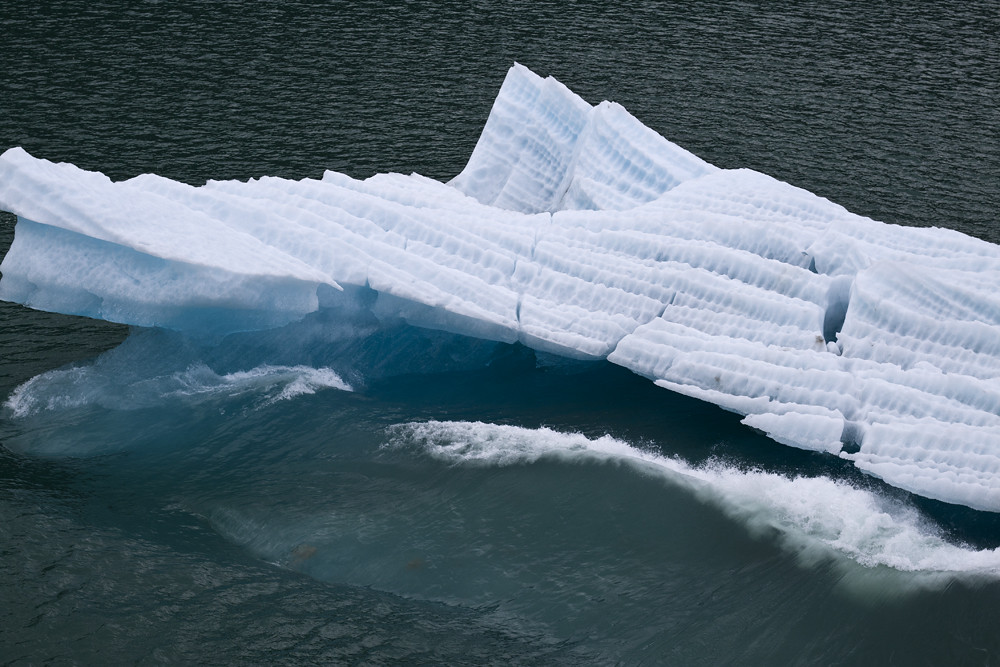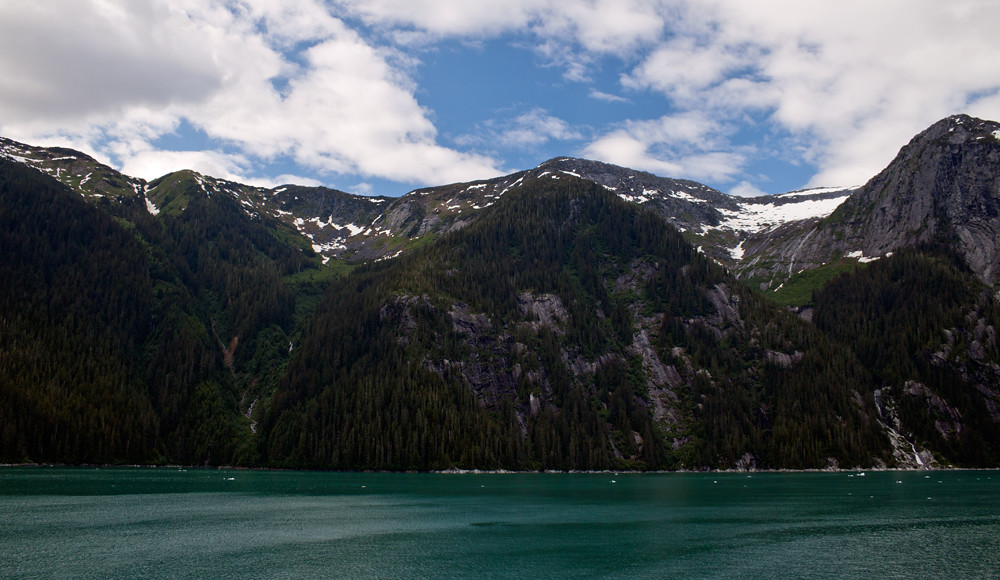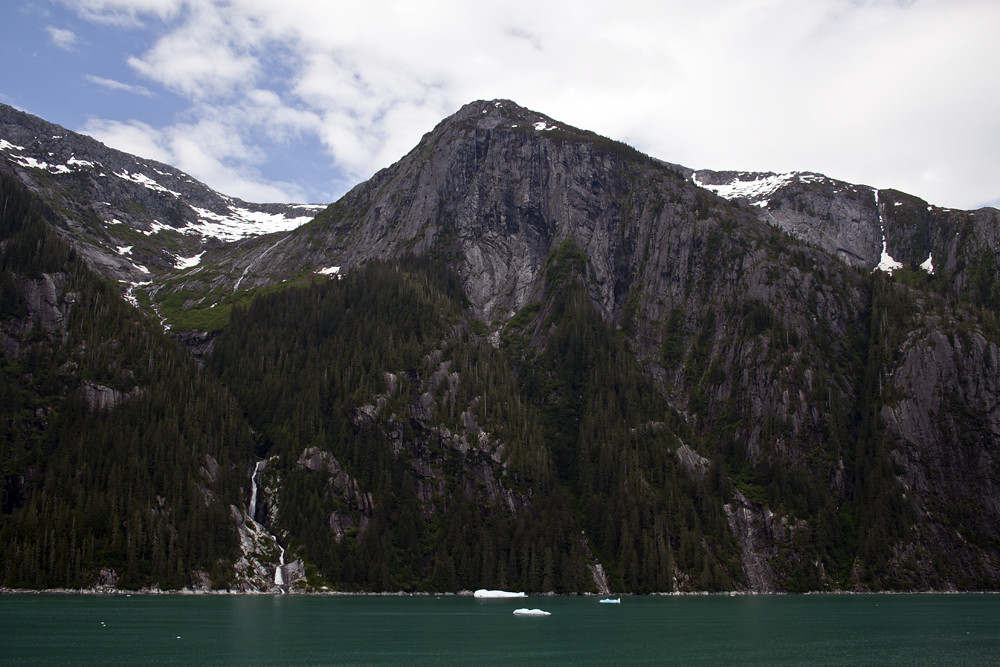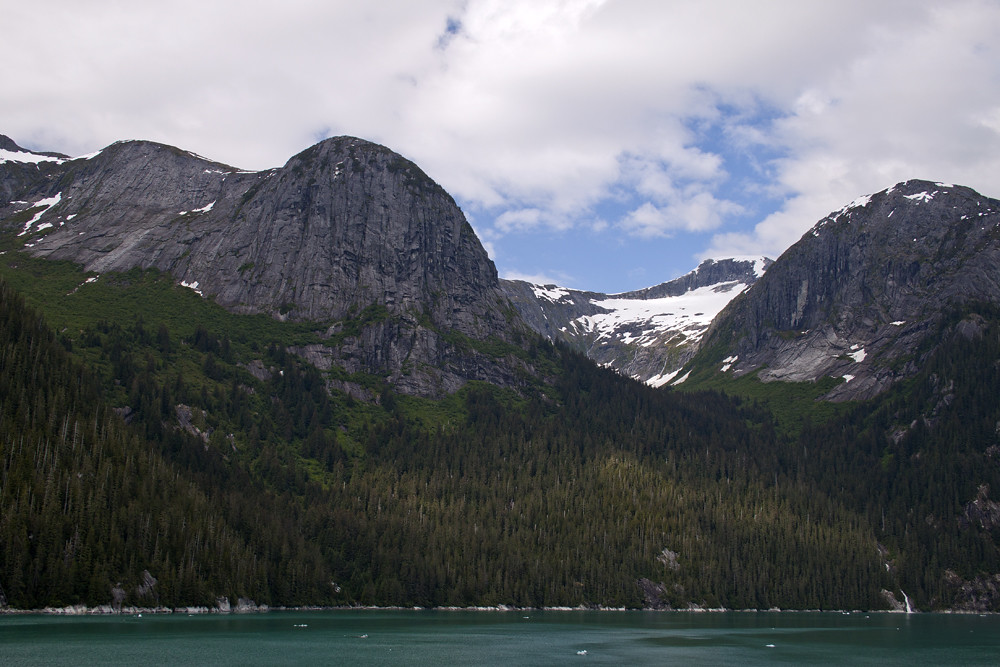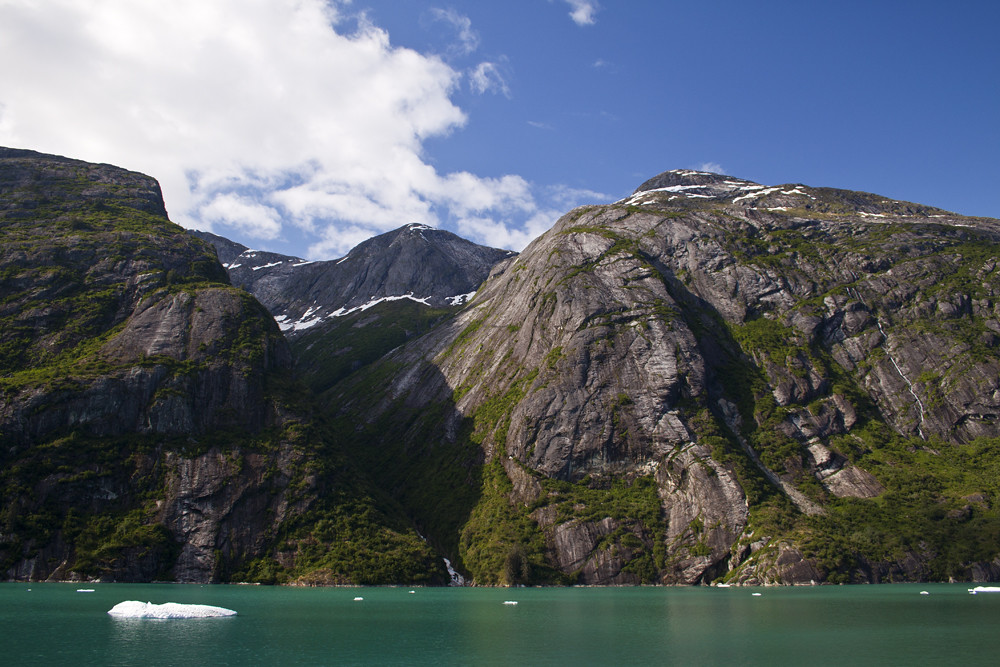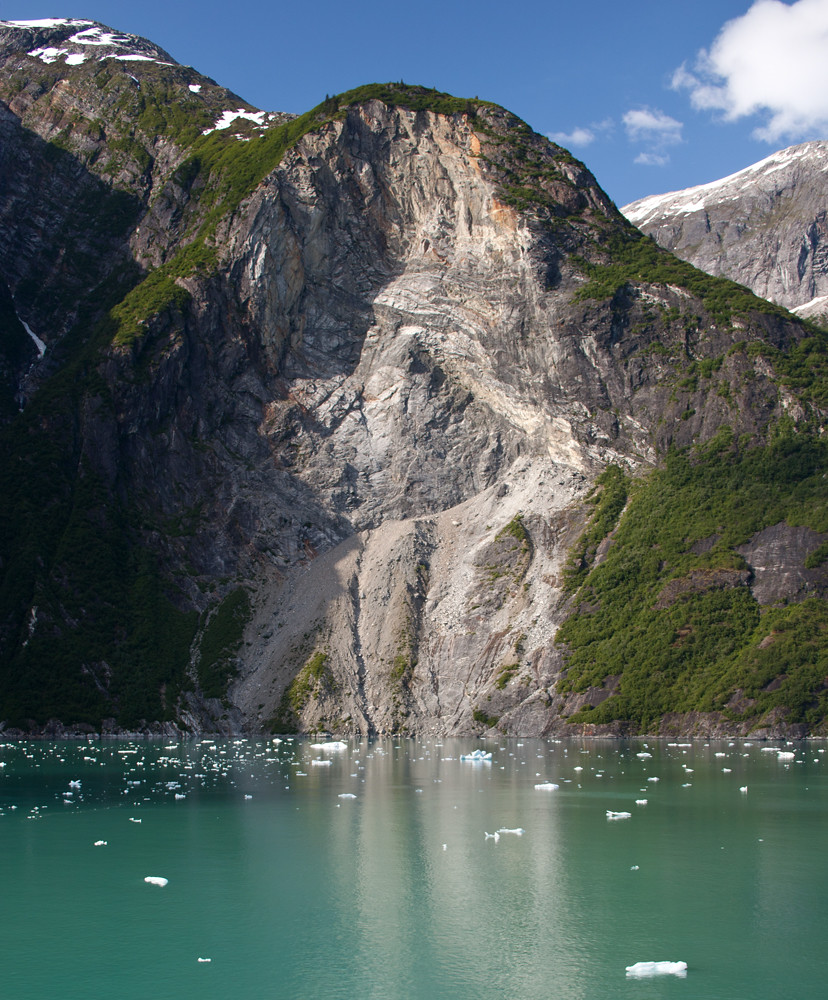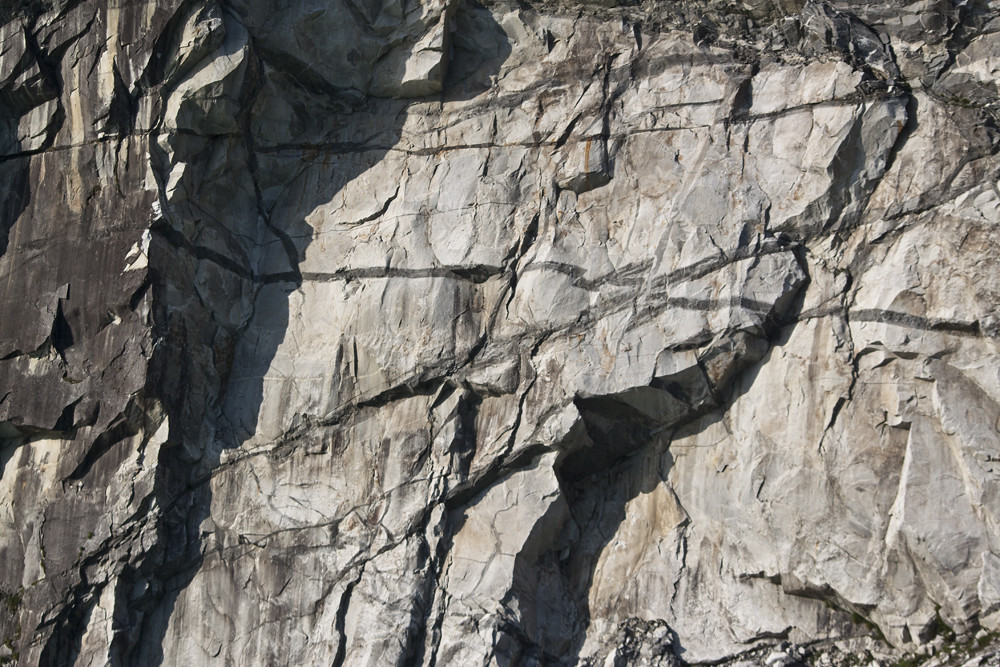Sunlight in Seattle has been hard to come by, and my poor beautiful chunk of serpentinite has been languishing in the house, unable to show off its colors. But the clouds cleared this afternoon, so I schlepped her out to the porch poste haste. Just look at her:
Hard to believe California tried to dethrone her as the state rock, isn’t it? In a way, I’m glad. When a clueless legislator slipped in language that would’ve nixed the category of state rock entirely, all because some people had no bloody clue where asbestos actually comes from, what it really is, or the fact that for it to do you any damage in its natural state, you’d have to crush and inhale it for years, the geologists went on the warpath. As a happy result, we got tons of excellent posts defending serpentinite, collected with an intense introduction by Silver Fox.
How could you not defend something this beautiful?
And special. You see, serpentinite isn’t just another pretty rock: it’s got a hell of a lot to say about plate tectonics. Read this gorgeous ode to the stone by Chris Rowan and this fact sheet by Brian Romans for its geologic and human history.
Do you see how her appearance changes as I turn her? Some rocks seem the same from every angle, but not this one. She reveals a different texture, a new bit of fascination, with every angle. No wonder Andrew Alden adores serpentinite.
I find myself adoring everything about her: her colors, her history, even her name. Serpentine. The name for her family of minerals comes from Latin: serpentinus, serpent rock. The smooth, sleek greens that sometimes form scale-like patterns do look like a serpent’s skin. And I’ve got a soft spot for serpents, after having done research on serpent mythology for a story I wrote. Those who limit themselves to Christian mythology are really missing out: serpent stories are cool. Serpents in many cultures were wise and wonderful, guardians of knowledge, and those are suitable myths for a rock that reveals so much about how our oceans open and our mountains rise.
For paens to her, you can read Garry Hayes’s series of posts celebrating and defending her. You’ll find that she’s more than just a stone with stories: some very unique life depends on her.
Get close to her.
Look in to her blues and greens, her faint traces of red. Look at her patterns. These next two photos will link you to Flickr, where you can enlarge her, explore her, and even download her if you wish.

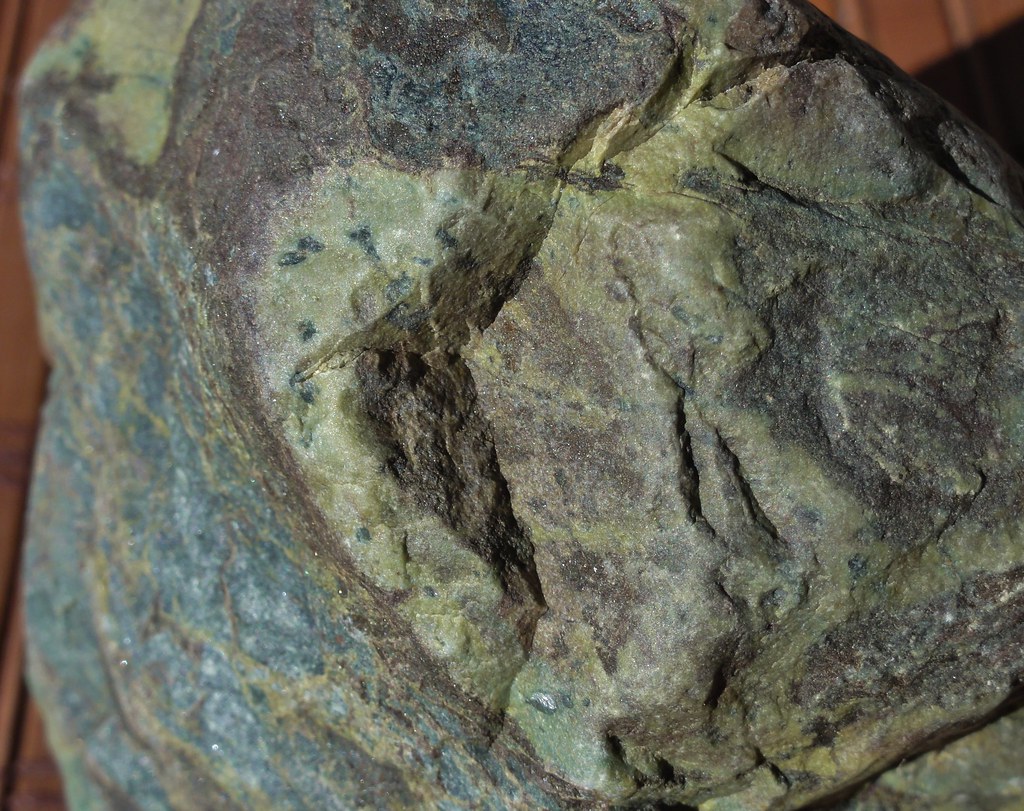
And then, for a truly wild trip through texture, read Callan Bentley’s post on serpentinite and mélange. If you don’t start drooling, I’ll know you have no concept of beauty.
If California attempts to malign her again, I swear I’m filching her for the Washington state rock. We haven’t got one. How sad is that? All this glorious geology, and we haven’t got a state rock. Something in my soul is deeply offended. Luckily, I have this glorious chunk of serpentinite to cling to for some comfort.
And for those who want a little world serpent with their serpentinite, I’ve included an excerpt from that story below the fold.
This is from a story in which the Eternal Tarlah, masquerading as a human calling himself Anysos in 5th century BC Ashkelon, finds a hint that a fragment of one of his former allies still exists, and goes in search of him. He finds him in the guise of Níðhöggr, the Norse dragon (in some legends, serpent) who gnaws at the roots of the world tree Yggsdrasil. He takes on a Hebrew name in this discussion.
If this bit leaves you wanting the whole, I shall post it for you on ye olde writing blog. Those without access have only to ask, and they shall receive.
“Nahash, the serpent? Are you the same serpent they reviled in Israel?”
“They react rather violently to a little knowledge, don’t they?” Nahash grinned. “Imagine what they would have done had I been able to finish the business and give the woman wisdom as well. Of course, they say life, but those with wisdom know that wisdom and immortality are the same.” He patted the Tree. “I’ve given that gift of mine to many, some who appreciated it and some who didn’t. I’ve created many gods here, some who even turned on me later, thinking to keep wisdom for themselves. Which will you be?”
“None,” Anysos said. “I came to learn the truth of you. I have no need for your other gifts.”
“So it’s not fear that keeps you from tasting my fruit?”
“I have never feared you, Nahash. Not you, and not your gifts.”
Nahash took his hand from the Tree. “Well, then. The truth. Not many come here seeking that, at least, not that they’re aware of. They get a bit of it anyway, pity for them. The truth? The truth is, like you, I have many names. I was once Ningizzida, Lord of the Tree of Truth, and the Sumerians came to my garden without fear, without guilt, and with a healthy measure of respect. Perhaps too healthy: they respected me too much to partake too freely of my gifts. So things are.” He twined his arms around the trunk of the Tree, staring up into its higher branches. “In Egypt, Isis sent me to retrieve knowledge from Ra. Devious woman, that, stealing a man’s secrets. Thoth carried my symbol, and they worshipped him as knowledge. Such I was in Egypt, among other things.”
He unwound his arms, and spread them wide. “I am Shesha, the serpent bed of sleeping Vishnu, as he dreams the world. I once loosened the great mountain Mandara, and became Vasuki: they wrapped me around the mountain, and we used it as a churn for the milk of the heavens to make Soma, which some drank for immortality but the best used for wisdom.” He spun himself side-to-side, drew his arms in, and stopped. “We drank deep, in those days. We lost the making of Soma, but they still remember and honor me there in India. In fact, it was beneath this tree-” He slapped the trunk, and it became a Bo tree – “that Siddhartha sat those seven weeks, eating of my fruit and drinking of my waters. As Muchalinda, I spread wide my hood and guarded the future Buddha from the storm. Those are some of the places I was revered. There are others, older, before the coming of the heroes, that I was wife and mother, daughter and consort, the dark earth and the mystery. But they have mostly forgotten me as such. Go to some in Lydia, they will tell you of me: they still see me as the woman. Talk to others, and they will show you I bite my tail. I am the Ouroboros, circling the world, eternal.”
Anysos felt a shiver, deep in his mind. “You were, and are.”
“Of course. So what is Yahweh’s jealousy to me? He forbade mankind my fruits, and yet they still find their way to me, some in guilt, some in awe. And there are aspects of me even in Yahweh, much as they try to deny it.” He raised his fists to either side and shook them. “Heracles denied me – wisdom was his mortal enemy – but the snake goddess of Crete brandished me in either hand, and welcomed me. What does it matter, then, that Apollo cast me out of my oracle? Let him believe it’s his – the Pythoness could tell him otherwise.” He flung his hands at the ground. “They even sent Chronos against me: I let him cast me into the sea and take my crown. They hoped Time would defeat me, but what is Time to the eternal?”
-Excerpt copyright Dana Hunter. All rights reserved.




